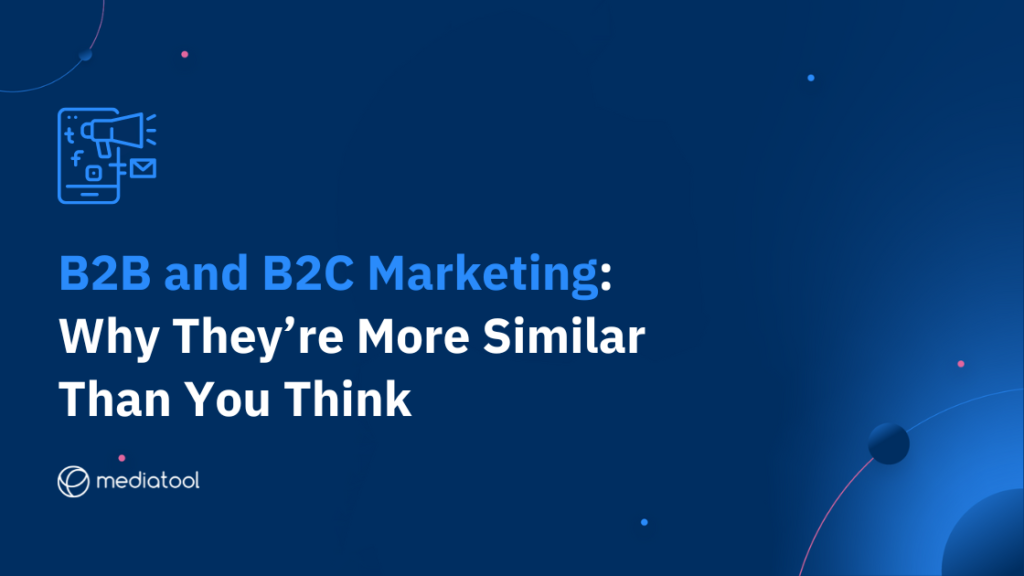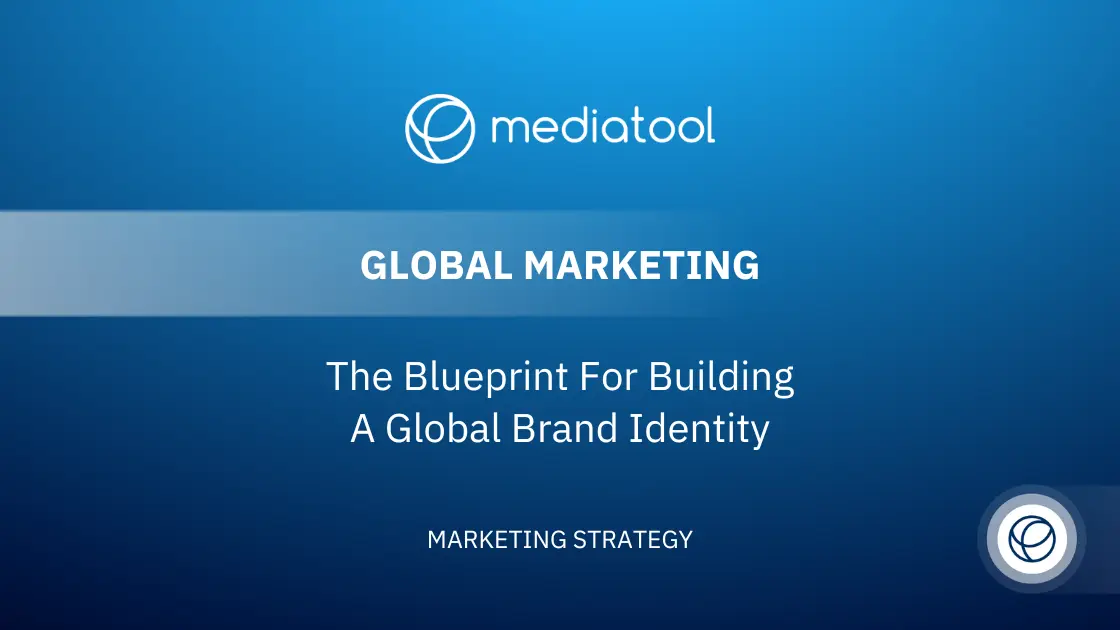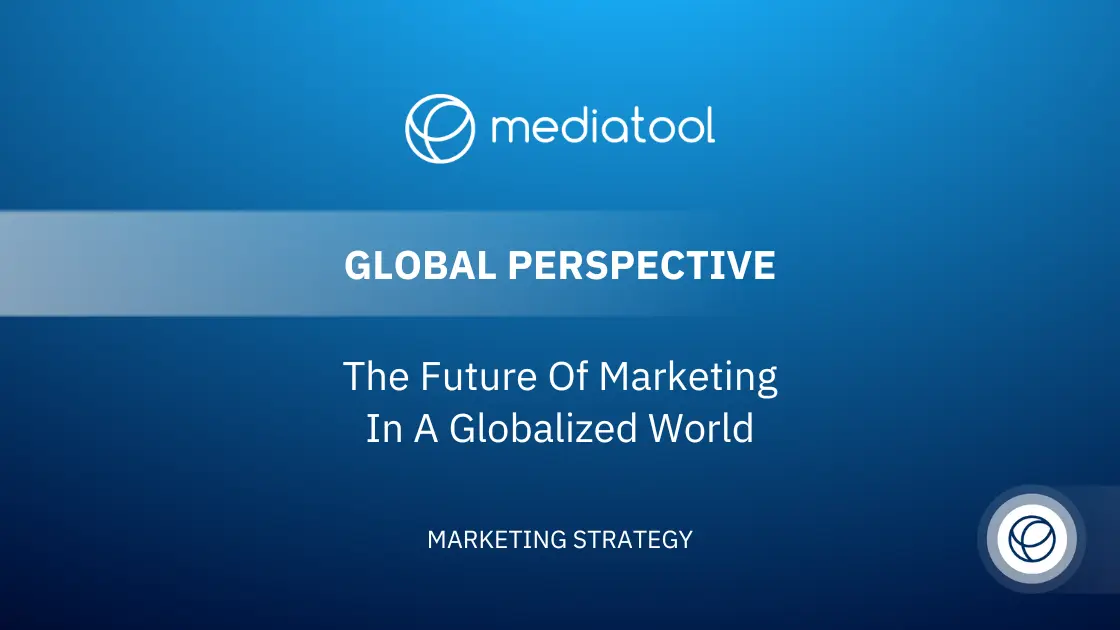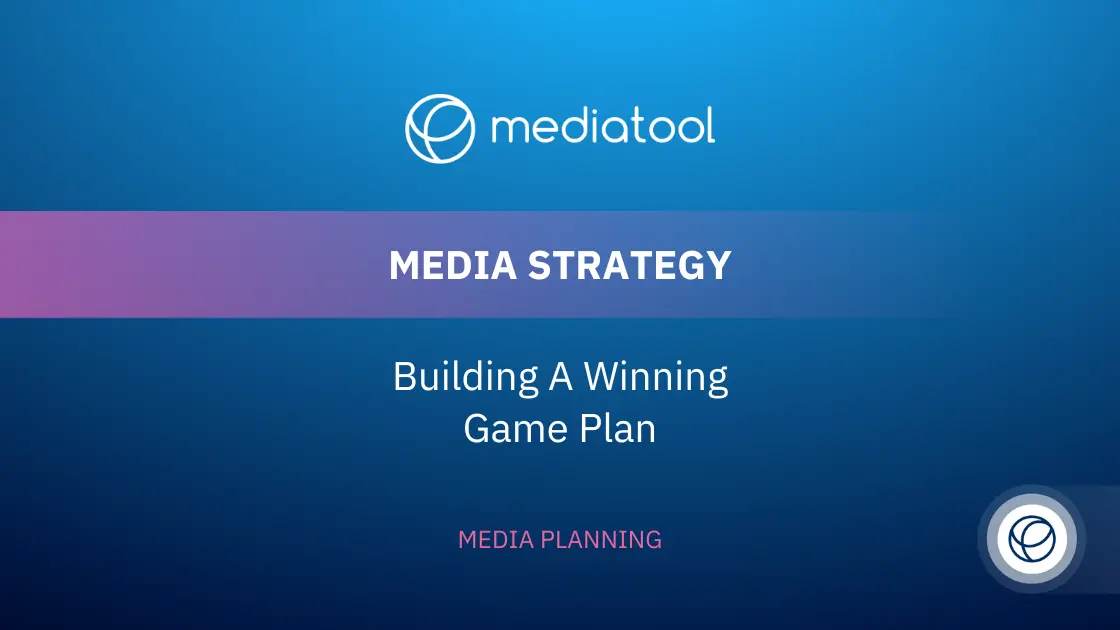For years there’s been talk about the differences between B2B and B2C marketing, but the industry is changing and so are audience expectations. While there are still differences, there’s now more similarities than you might have realised.
Business-to-business (B2B) marketing and business-to-consumer (B2C) marketing traditionally have distinct audiences and very different ways of communicating with them. B2C marketing focused on enjoyable and relatable content and solutions that make our lives easier, whereas in B2B marketing there was more emphasis on selling and showing companies why a product was worth its investment.
That hasn’t entirely changed. But, with innovative tech companies paving a new way of working and attitudes to business becoming more honest, the way both B2B and B2C marketers reach their audience is blending. In this article we’ll explore the key ways in which they intersect and how we predict this will continue to evolve. By understanding how they’re alike, marketers can find better ways to communicate with their target audience.
What is B2B and B2C?
What is B2B?
B2B (business-to-business) is where a company sells their product or service to another organization. Traditionally, this meant marketing was more corporate, logical and analytical–but also, let’s be honest, more boring. B2B is typically more salesly and number-driven to help prove ROI potential to businesses.
What is B2C?
B2C (business-to-consumer) refers to companies or brands that sell to the general consumer. Typically this is more human-centred and emotion-driven. Rather than a B2B ad that might show graphs and tell you the figures, B2B ads would try to be more relatable, for example a TV ad of a family eating breakfast.
The differences between B2B and B2C marketing
We can’t focus on how the two are becoming more similar without first acknowledging the differences. Let’s dive in.
1. Length of time taken to convert
Most B2C purchases are emotionally-driven. B2C audiences are far more likely to follow their gut-feeling when they make a purchase and this often leads to impulse buying. This is nigh on impossible when it comes to B2B buyers, especially at enterprise level.
The B2B buying cycle is long. B2B marketing is far more relationship-based and requires careful lead nurturing, plus close attention to the user experience (UX). B2B customers need to run decisions past procurement, accounting, and department heads before they get the green light. Remember you’re not only marketing to one person but everyone who has a say in the purchasing process. Take that into account when it comes to content marketing and targeting, you’ll need to appeal to more than just one target persona.
2. Level of detailed content marketing
B2B buyers are as rational as they come. They seek logic and efficiency whereas B2C audiences are more likely to engage with deals and entertaining ads. Because of this, B2B customers need detailed content to educate them on the products they’re browsing. This is where B2B content marketing comes in. Help your audience think critically about their industry and become more knowledgeable in the process. This way, you’ll ensure they don’t regret their purchase later. For example, detailed articles explaining how your product benefits businesses and customer testimonials will help a potential buyer make their case to buy from you.
3. Purchase purpose and relationship building
B2B purchase models generally focus on subscriptions or retainers and agreements tend to be months or even years long. They’re usually ongoing relationships between clients and vendors, whereas for B2C it’s usually a one-off purchase.
In both cases it’s important to nurture relationships with customers and increase loyalty to create brand advocates. This not only helps with retention but also word of mouth, brand awareness and improves brand image. In B2C marketing this might mean using affiliate or referral marketing to nurture your existing customer base. Starbucks and their coffee loyalty card or app is a great example of this.
Starbucks referral marketing coffee app scheme
In a B2B setting, this looks very different. Customers are in longer term contracts and businesses usually provide dedicated Account Managers to constantly nurture the relationship. Make sure you consider the long-term projects your audience could use your product for and the goals it will help them reach. Also, keep an eye on how their needs evolve and how you can cater to them. For example, by providing helpful content via email marketing or webinars.
The similarities between B2B and B2C marketing
Traditionally, there was disparity between the two audiences and how marketers communicated with them. But as markets and the world of work changes, we’re seeing a shift to human-centred and emotion-driven marketing in B2B as well as B2C. Here’s how we think they’re becoming more similar.
1. Marketing to people
Regardless of the differences in drivers and if there’s one decision maker or ten, at the end of the day in both you’re marketing to the same thing, people. Whether you’re marketing SaaS (software as a service) or McDonalds burgers, the emotional and psychological drivers are the same. People want something that can improve or make their life easier.
B2B marketing should focus on the needs, interests and challenges of the individual who is purchasing on behalf of their organization, in the same way that B2C should focus on the needs, interests and challenges of the individual consumer. That new marketing software might fix a problem of silos and improve collaboration for the Head of Marketing, in the same way McDonalds might fit the needs of the parent who hasn’t slept and needs to feed their kids as fast as possible.
This shift has been exacerbated by the Covid-19 pandemic. While everyone was in the same boat stuck at home, marketing teams across the globe had to change tact and focus on the emotional needs of people, regardless of the product they were selling.
A great example of this was Slack, who created a survey and corresponding report on remote working which helped key decision makers solve challenges around the transition to remote work and improving the employee experience.
2. Transparency and building trust
For years B2B companies hid their product away, only showing it to prospects but shouting about how it could do X or bring X to the user. Now, there’s so many products out there and so much competition, that companies need to show how they’re different. Now we’ve realized that we’re all marketing to people, what do people respect most? Honesty and transparency. Rather than just talking the talk, you must now walk the walk. B2B marketing needs to be more transparent to gain audience trust. That is what can set you apart from your competitors.
B2C marketers have been doing this for a while and have had to prove why consumers should buy their product, rather than just claim it is. Use testimonials and reviews to build trust. Take this example from Sendlane.
Customer testimonial that Sendlane used in their social media marketing to as proof of their product and to build trust with potential customers
3. Engaging with the target audience
An area of marketing that B2C has always done well is engaging with their audience. Find out where your target audience is online and engage with them. By doing this, B2B companies can also build great communities of potential customers and brand advocates.
An example of this is using social media to connect with your audience where they hang out online. With the adoption of social media, B2C companies were quick to jump on there and really speak to their target audience. In recent years, B2B marketers have realized that in order to stay relevant they need to do the same. Social media has given companies a free way to engage with their audience. Engaging with potential customers and other companies in the industry helps build brand awareness and create a brand voice that people can relate to. It also gives companies the opportunity to respond to and benefit from getting involved in trends.
B2B companies can learn from B2C and use social media to respond to queries or help solve user problems. By fixing issues quickly you inadvertently build trust with potential customers. Providing a positive customer experience and showing that you care, demonstrates why a potential customer should use your product over your competitor’s. Most companies use Twitter for customer service. A great B2B example of this on Twitter is Notion.
Human-to-human marketing is the future
It’s clear to see that the distinction between B2B and B2C marketing is changing, and to be successful at either you need to look beyond B2B and B2C labels. Until the robots take over, we are all marketing to humans.
Research and customer experience should be key to your marketing strategy regardless of who your audience is. If you want to get results and really reach your audience, you need to understand what they want. Research and engage with your customers to find out what that is and by focusing on the people, the results will come.
Accurately measure your marketing for even better results
Once you’ve done your research and have a strategy, put it into action using Mediatool. Plan your campaigns and track your results–your Google Ads spend, website sessions, Facebook Ads reach, and more—all in one place. Rather than wasting hours collating data, take your kids to McDonalds and let our integrations handle that for you. That way, you can optimize your campaigns to better understand your customers needs.





